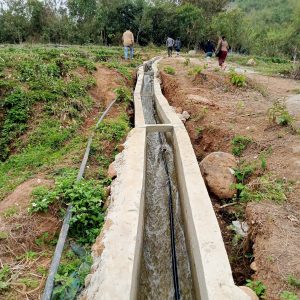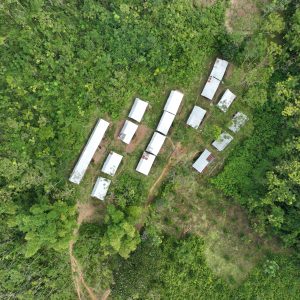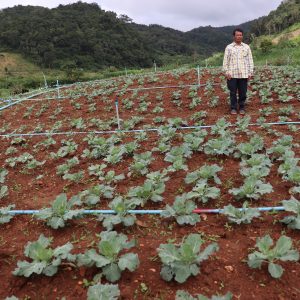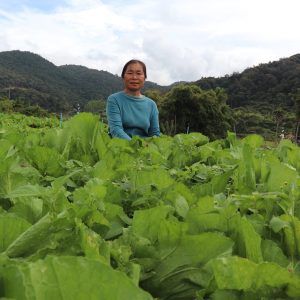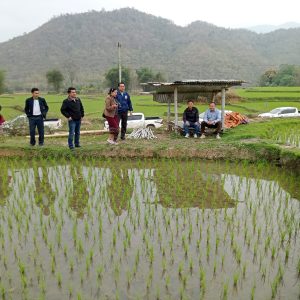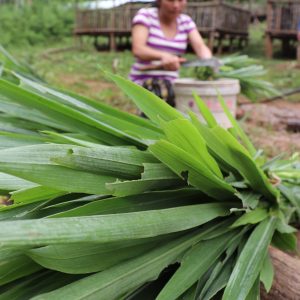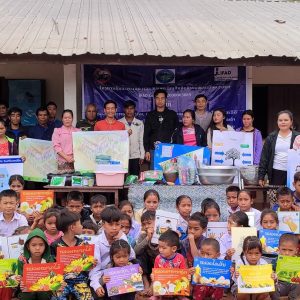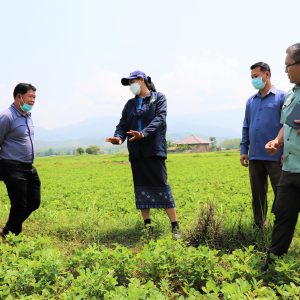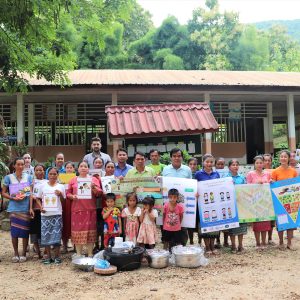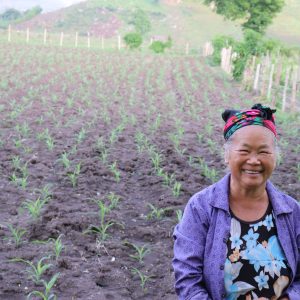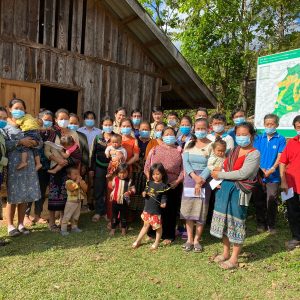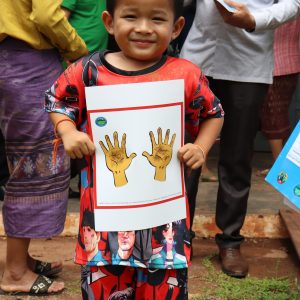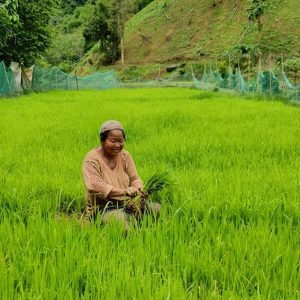Partnerships for Irrigation and Commercialization of Smallholders’ Agriculture Project
PICSA
We enhance livelihood resilience and sustainability within the Project intervention area.
Who we are
The Government of Lao PDR (GoL) and IFAD agree to allocate IFAD’s 11th country allocation to a Project that pursues intensified agricultural production and commercialization of smallholder agriculture. This Project is named Partnerships for Irrigation and Commercialization of Smallholder Agriculture (PICSA). PICSA is designed as part of a regional programme, financed by ADB/EU and BMZ/GCFA. PICSA provides added value to investments in irrigation infrastructure and catchment management by building market linkages, enhancing commercialization and intensification of (irrigated) agriculture, and supporting improved nutritional practices. The project has a life of 6 years, that became effective on 29 November 2019 and is expected to be completed on 31 December 2025.
PICSA’s immediate rationale is that higher profits from irrigation systems enable water user groups to finance operation, maintenance, and minor system modifications – and thereby to sustain their systems. The wider rationale is that intensified commercial smallholder agriculture in the farming system centered on irrigated wetlands constitutes a strong driver for local socio-economic development, improved nutritional intake, and sustainable use of natural resources.
PICSA addresses clusters of lowland paddy areas (‘irrigated wetlands’) around and including 15 schemes, as well as adjacent hill slopes, which have a potential for intensified rain-fed crop and livestock production and which are farmed by the same households cultivating lowland paddy, as well as by others, often poorer households in the same communities. PICSA will coordinate with communities through existing Village structures and will support local economic development by enhanced production of high-value crops.
The total cost of the project is estimated at USD 30.25 million. IFAD provided a grant of USD 21.04 million. Local private enterprise is expected to contribute USD 1.55 million. Village beneficiary contribution will be USD 5.5 million. The GoL contribution is estimated at USD 2.16 million. The Government contribution covers taxes, duties and some rural infrastructure and project management staff costs.
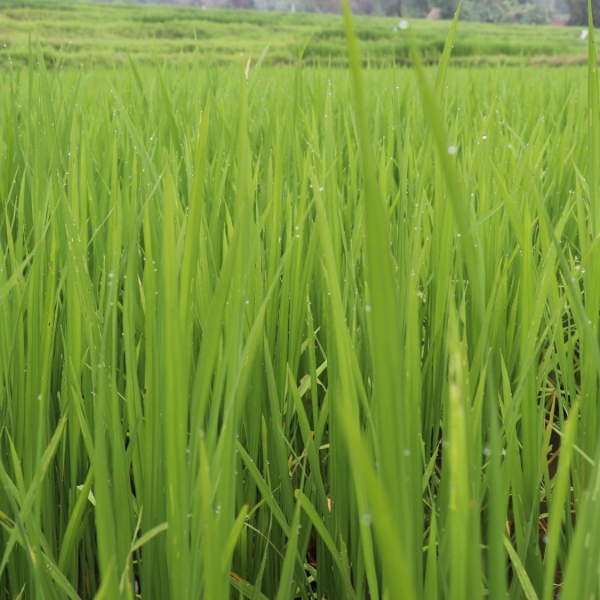
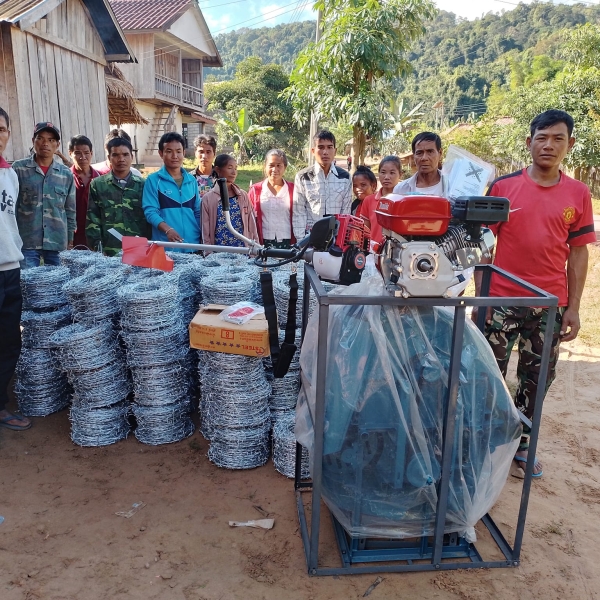
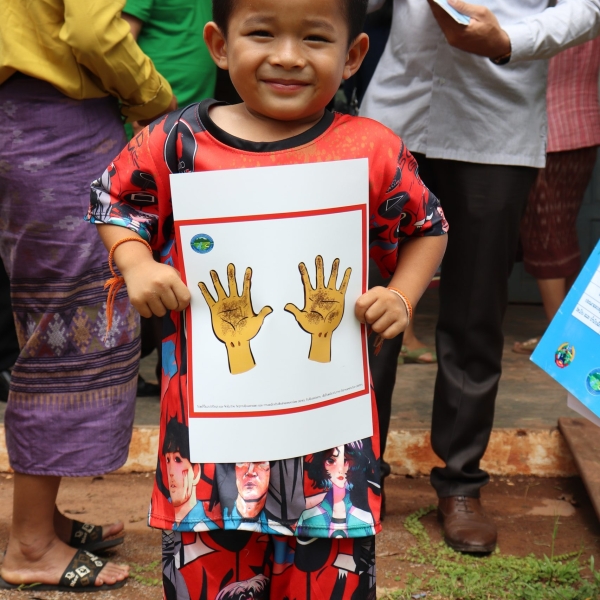
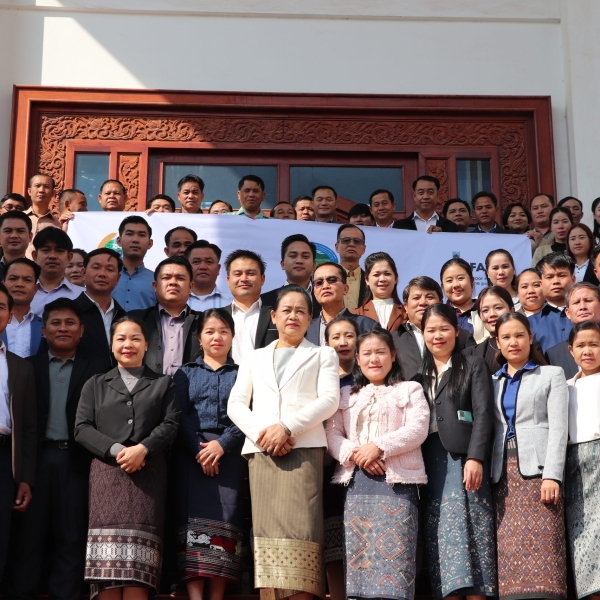

Where we work
The Project is implemented in 19 districts and approximately 353 villages targeting 191,880 smallholders(36,900 household) through 4 northern provinces including Houaphan, Luangprabang, Xieng Khouang and Xayaboury as detailed in the table below. Along with facing the adversities of poverty, almost all targeted districts of PICSA also face additional constraints of geographical upland location.
When, while the lovely valley teems with vapour around me, and the meridian sun strikes the upper surface.
Goals and Objectives
The Goal of the Project is: "Enhance livelihood resilience and sustainability within the Project intervention area."
vapour around me, and the meridian sun
strikes the upper surface of the
impenetrable foliage of my trees, and but a
few stray gleams steal.
The Development Objective is: "Sustainable and inclusive local economic development."
vapour around me, and the meridian sun
strikes the upper surface of the
impenetrable foliage of my trees, and but a
few stray gleams steal.
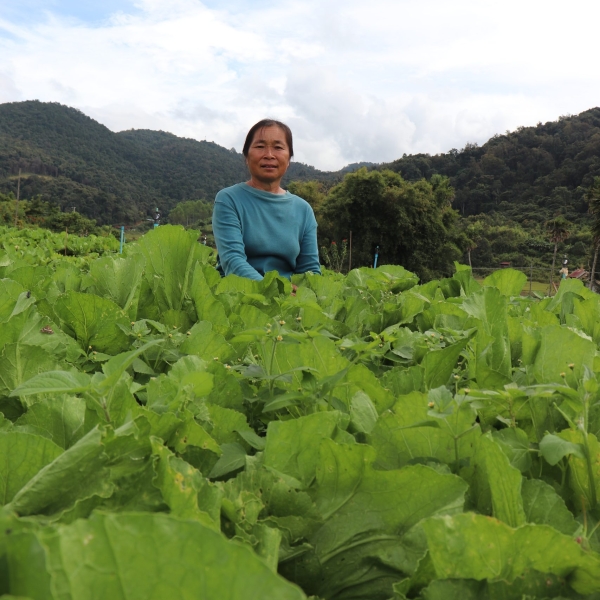
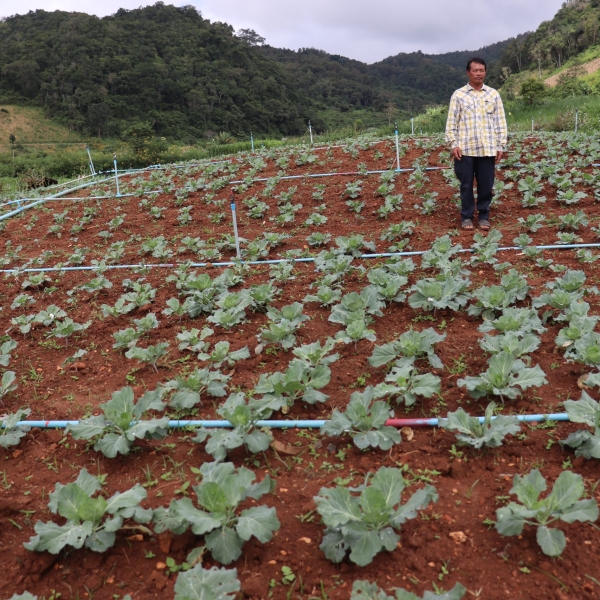
Component information
Component 1: Intensified agricultural development
Component 2: Value chain development
Component 3: Improved nutritional practices
This component prepares and assists provincial and district authorities and farmer groups to optimize and sustain productive use of natural resources, by enabling, promoting and starting-up agricultural intensification in areas where conditions allow, especially in irrigated and irrigable lands.
This component identifies agricultural commodities and prepares Rapid Local Commodity Value Chain analyses and caters to establish Agro-Enterprise Development (AED) in order to link smallholders to the private sector. The Agro-Enterprise Investment Facility (AIF) has the purpose to strengthen commercial actors – micro, small and medium agro-enterprises as well as commercial farms with strategic position in the value chain – so they can perform their role for their own benefit as well as for the benefit of related smallholder households.
This component promotes improved dietary intake among nutritionally vulnerable groups. Efforts to increase availability and accessibility of food with high nutrient value are accompanied by nutrition education. Nutrition interventions are carried out in Xayaboury and Luang Prabang Provinces. Nutrition interventions complement nutrition activities of partners and are in support of the National Nutrition Strategy and Plan of Actions.
Our progress
Our team at central level in sync with provincial and district counterparts, implements project activities, of which we have reached;
Funding partners
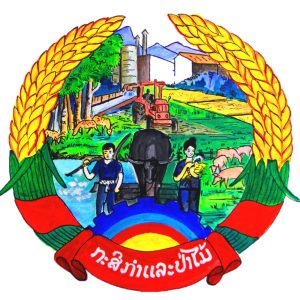

Gallery
